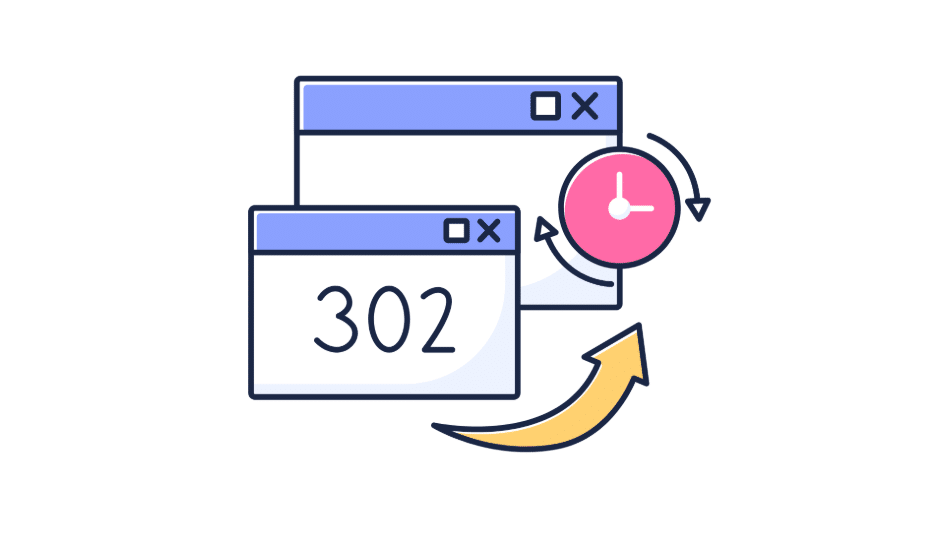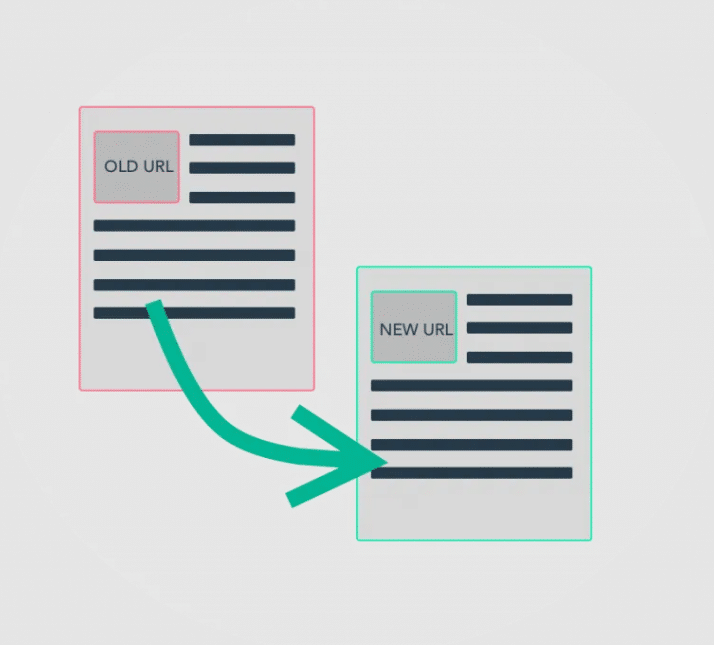Introduction to URL Redirection
Web management in the digital era depends heavily on efficient user and search engine redirection techniques. URL redirection methods can efficiently redirect web users and search engine crawlers.
Web organizations deploy this method during site maintenance and rebranding operations and when content needs to be relocated. Properly executed redirections can prevent users from encountering error pages and help maintain seamless site navigation.
There are various situations where redirection becomes essential. For instance, if you’re transitioning to a new domain, redirection ensures that your existing traffic and SEO value are transferred to the new address. After content changes or deletions, redirection serves two functions: it directs users to appropriate updated pages that improve their experience and protects your search engine rankings.
Understanding the different types of redirections, such as 301, 302, 307, and 308, allows you to choose the best method for each scenario. The various types of links provide separate functions that create separate effects on user interaction while affecting SEO performance in distinctive ways. The selection of the appropriate redirect type depends on whether the change is permanent or temporary and whether you need to maintain the original request methods.
Implementing redirects correctly involves configuring server-side rules to handle these changes efficiently. The system tackles website performance issues caused by redirect loops and stops operational delays.
Aside from initial setup, effective redirection management also requires continuing assessment to guarantee proper functioning. Websites that learn how to redirect URLs achieve better content and structure management, which leads to pleased search engine activities and content visibility to users.

Understanding 301 Redirects
A 301 redirect is a powerful tool for maintaining search engine rankings when URLs change. It works by permanently guiding visitors and search engines from the old URL to a new one.
Ranking power shifts from the obsolete page to the new page through the redirection system to sustain search result visibility. Typical uses for a 301 redirect include moving your site to a new domain, consolidating duplicate content, or directing users to a more relevant or updated page.
Setting up a 301 redirect involves configuring server-side rules to handle the transition seamlessly. Through the redirection system, ranking power shifts from the obsolete page to the new page to sustain search result visibility. Search engines gain advantages due to their capability to rapidly index new URLs, which maintains content accessibility and prevents a loss of search ranking.
A typical scenario for employing a 301 redirect is during a site migration. Whether rebranding or changing your site’s structure, a 301 redirect can efficiently transfer your existing traffic and SEO value to the new domain. Another situation is that multiple pages with similar content merge into one authoritative page. Updating content on one page elects to render duplicate content issues while concentrating all search engine signals toward the same updated page.
URL management and search engine performance improvement are possible through properly implementing 301 redirects at the right times. Correct deployment of redirects points users and search engines to proper pages, thus sustaining your website’s independence and online representation.

Exploring 302 Redirects
A 302 redirect serves as a temporary measure, guiding users and search engines to a different URL with the expectation that the original page will be restored. Unlike a 301 redirect, a 302 does not transfer SEO value to the new location, making it suitable for short-term changes.
Common scenarios for using a 302 redirect include A/B testing of content, where you want to compare performance between two-page versions without impacting SEO rankings. Redirection proves helpful in redirecting web pages for updates and maintenance sessions so visitors end up on working content instead.
Another situation that benefits from a 302 redirect is when a specific page is temporarily unavailable due to seasonal changes or limited-time offers. For instance, an online retailer might use a 302 redirect to guide users to a similar product page when the original item is out of stock, planning to revert to the original URL once the product is available again.
While implementing a 302 redirect, it’s crucial to configure server-side rules correctly to avoid unintentional SEO consequences. Regularly monitor the redirected pages to ensure they are functioning as intended and that users are being directed appropriately. Using a 302 redirect thoughtfully helps manage temporary changes without disrupting your website’s overall structure and performance.
Other Redirect Types
Other options exist beyond the widely used 301 and 302 redirects, like 307 and 308. A 307 redirect is a temporary measure while keeping the HTTP method intact. The response technique provides valuable benefits when maintaining original request methods takes priority. In contrast, a 308 redirect functions similarly to a 301 but retains the HTTP method and request body, making it ideal for both permanency and method preservation.
In particular instances, these one-of-a-kind connections assume essential operational functions. For example, if a form submission process needs to be temporarily redirected but the method should remain unchanged, a 307 redirect is the appropriate choice.
Meanwhile, a 308 redirect is valuable when permanently moving a resource while ensuring that any post data or other HTTP method specifics are not altered.
Web managers who understand additional HTTP redirect types gain the ability to handle complicated scenarios that warrant keeping essential elements from the initial requests. Using the correct type of redirect ensures that users and search engines are correctly guided without unintended consequences.

Implementing Redirects Correctly
Setting up redirects properly involves configuring your server to handle these changes efficiently. Your redirects must occur on the server side to prevent a negative user experience through delayed loading times.
A total update of internal URLs through new addresses stops broken link encounters and redirect chain problems for site visitors. Redirect chains, where one redirect leads to another, should be minimized as they can slow down your site and frustrate visitors.
Additionally, take the time to update any backlinks pointing to old URLs. When you keep backlinks up to date, your site’s credibility and search engine optimization performance begin to degrade. Tools like Google Search Console can help identify which external links need updating.
When implementing redirects, be mindful of the specific needs of each type. For instance, a 301 redirect is ideal for permanent changes, while a 302 redirect is better suited for temporary adjustments. Understanding these differentiating characteristics will help you select suitable redirects for each situation.
Finally, regularly monitor your redirects to confirm they are functioning correctly. Users can resolve website problems efficiently by using Ahrefs or Screaming Frog tools to identify problems. Regular tests help maintain site navigation and user and search engine access to the intended content so readers can access it without interruptions.
Monitoring and Testing Redirects
Monitoring and testing your redirects is crucial to ensure they function as intended. Utilize tools such as Google Search Console, Screaming Frog, and Ahrefs to identify any issues. Tool systems identify broken links, chains of redirects, and other possible problems that impact user experience and influence SEO performance.
Routine audits quickly identify 404 errors and redirect issues, enabling you to resolve the mistakes while redirecting users and search engines to the correct destinations. It’s also essential to test redirects after any significant site updates or changes to confirm they work correctly. Regular maintenance activities sustain website efficiency and reliability.

Conclusion and Best Practices
Users must grasp redirection types at their core level to achieve optimal experience and SEO results. Choosing the appropriate redirect for each scenario is crucial, whether it involves a permanent change, like moving to a new domain, or a temporary adjustment, such as A/B testing content.
Consistently implement server-side redirects to ensure fast and reliable performance. Update all internal and external links to reflect new URLs, avoiding redirect chains that can slow down your site. Regularly monitor redirects using tools like Google Search Console, Screaming Frog, and Ahrefs to catch and fix issues promptly.
Incorporate a routine audit of your redirects into your site maintenance plan. After significant updates or structural changes, test redirects are used to confirm that they function correctly. The establishment of strategic testing lets you address potential issues before they happen, which impacts both user experience and engine rankings.
Your website efficiency and user-friendly UX will remain strong through best practice implementation of these measures.

